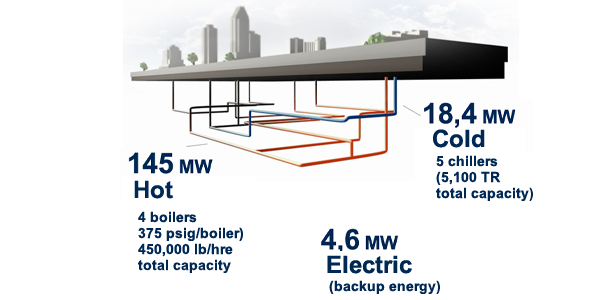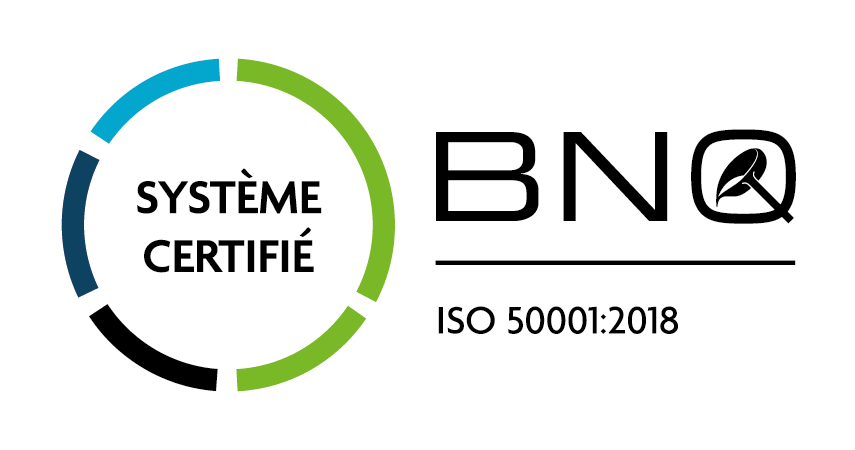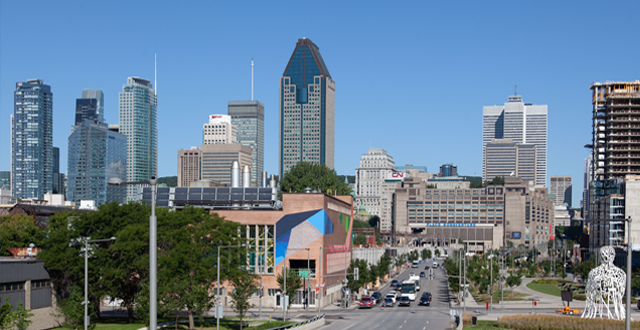Three separate networks
Steam, hot water and cooling
These networks are fed by four boilers (145 MW total power) and five chillers (18.4 MW total power). These facilities are sized to meet the energy needs of its customers in all weather conditions.
The networks heat and cool nearly 2 million square metres of space serving a variety of purposes: office towers, shopping centres, hotels, railway station, campuses and high-end apartments... and the network is constantly expanding.
Constantly expanding
Distribution plant
Centralizing energy production enables us to replace individual facilities that often emit pollution. It also allows large-scale development of renewable energies, such as biomass or geothermal.
With plants capable of operating in multienergy mode, the networks offer very competitive operating costs 24/7.
The urban energy network is an economically efficient and sustainable solution that integrates asset installation, maintenance, and renewal into its pricing.

Quality is a priority
Steam certification
The steam produced meets all certification criteria, particularly in terms of humidifying ambient air in buildings.
The LEED approach
Urban energy systems score highly in environmental assessment frameworks such as LEED. They provide sustainable and cost-effective heating and cooling solutions. They not only reduce particulate emissions—a building connected to the cooling system does not use refrigerants such as CFCs (harmful to the ozone layer) or any other chemical substances.ISO 50001 certification since 2022
Internationally recognized standard to manage energy consumption, improve production efficiency and reduce greenhouse gas (GHG) emissions.





